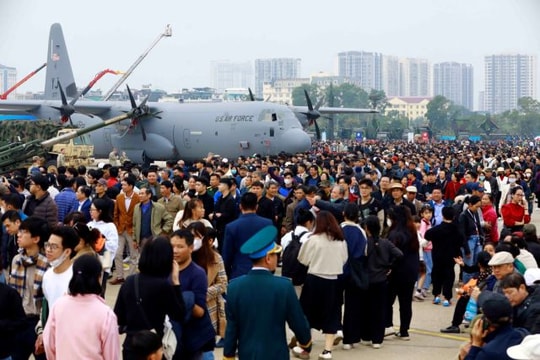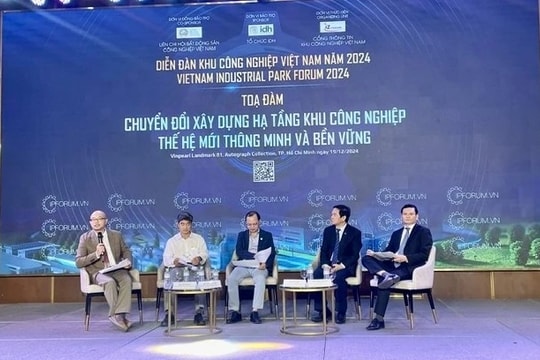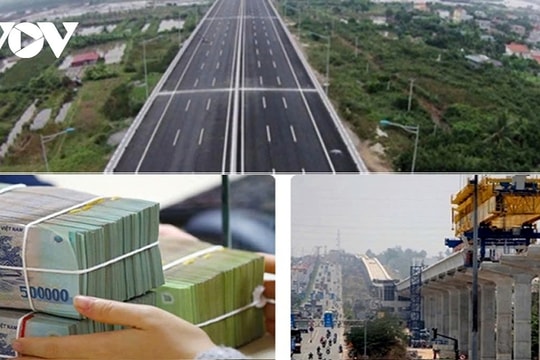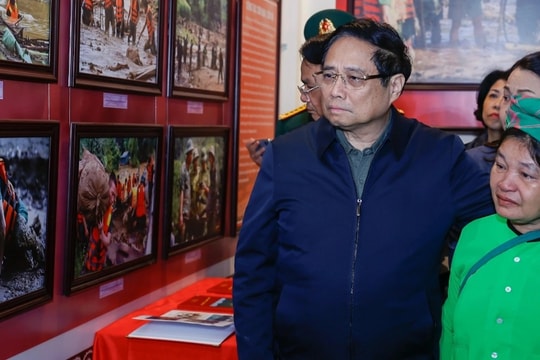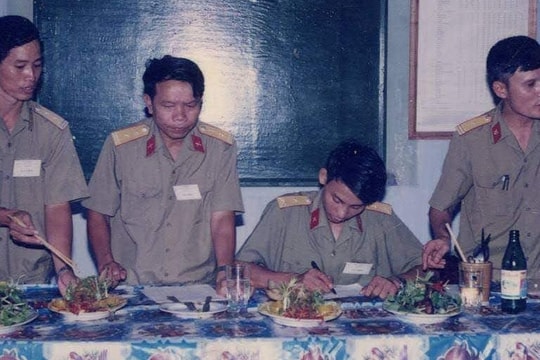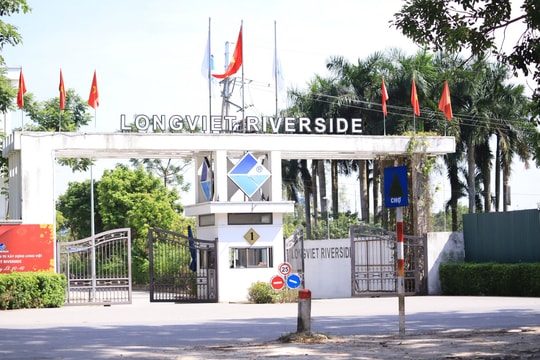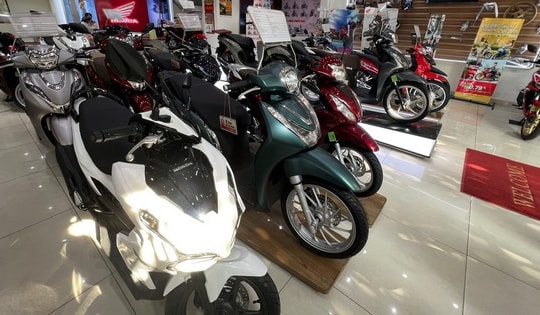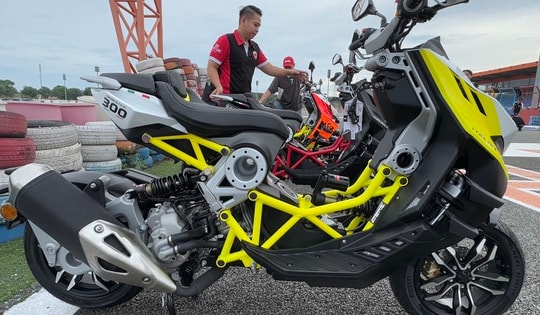The Vietnam Textile and Apparel Association (VITAS) reported that the sector’s export revenue in August was estimated at nearly US$4.3 billion, raising the value in the first eight months of this year to US$28.3 billion, up 6.2% year-on-year.
VITAS Chairman Vu Duc Giang attributed the increase to the shift of orders from other countries to Vietnam amidst the US-China trade war, military conflicts in Europe, and the latest uncertainty in Bangladesh – a big apparel exporter. He also noted that the figures indicate an opportunity for the industry to set a new export record this year.
However, the question lies with how to capitalise on the opportunity to advance Vietnamese garment-textile’s position in the global market.
Giang said the sector’s long-term strategy is to diversify products to satisfy various customer segments, and to expand export markets.
He also pointed to challenges to the industry, saying rising orders and new partners require businesses to make greater efforts to meet new purchasing strategies.
Giang stressed the need to step up chain connectivity, from material and machinery to marketing, and to optimise technologies and artificial intelligence to improve productivity and quality, and create product uniqueness.
Nguyen Van Hoang, General Director of Dong Tien JSC, held that the shift is also taking place right in the domestic market as partners are turning to factories that meet environmental, social, and governance (ESG) standards.
Jimmy Qiu, Vice President of Jack Technology, which provides solutions for smart manufacturing of clothing, said at a workshop held in Ho Chi Minh City late August that Vietnam’s textile-garment is developing rapidly and holds an increasingly important position in the global chain.
Vietnam has won priorities from importers thanks to its quick adaptation to smart technologies and green production, he added.
According to Pham Van Viet, Chairman of the Board of Viet Thang Jean Co., Ltd. (VitaJean) and Vice President of the Ho Chi Minh City Association of Garments, Textiles, Embroidery and Knitting (Agtek), price competition is no longer the target, and abundant, low-cost workforce no longer Vietnam’s advantage.
It is now a must for the sector to optimise science-technology and digital transformation, and devise directions and policies to ensure a harmonious switch, he said.




